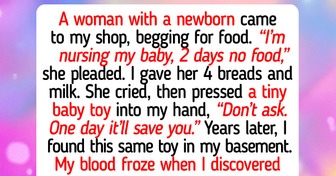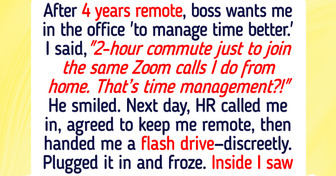10+ Pairs of Celebrities That Surprisingly Are the Same Age

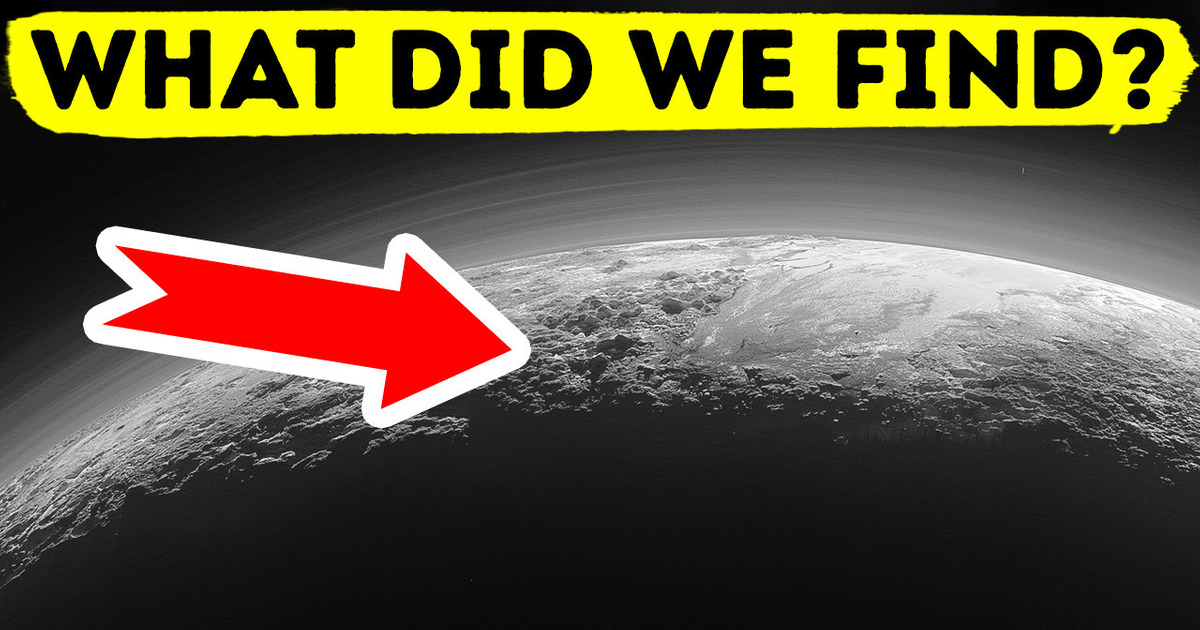
Frozen plains, mountains with white peaks glistening in the distant sun, and rustic red...snow? Welcome to Pluto, where nothing makes sense anymore... Looking at it from a distance, the ice-ball planet is mostly predictable wintery shades of white and light blue. Once you land on the surface, you’ll notice familiar blue skies as well.
But see that whale-shaped red stain running along the equator? Right there to the left of the white heart-shaped region. Thar she blows! This spot is bigger than Alaska, and it’s a mystery to scientists. That’s not red clay soil or anything you’ll see on Earth. That’s Pluto’s version of ice!
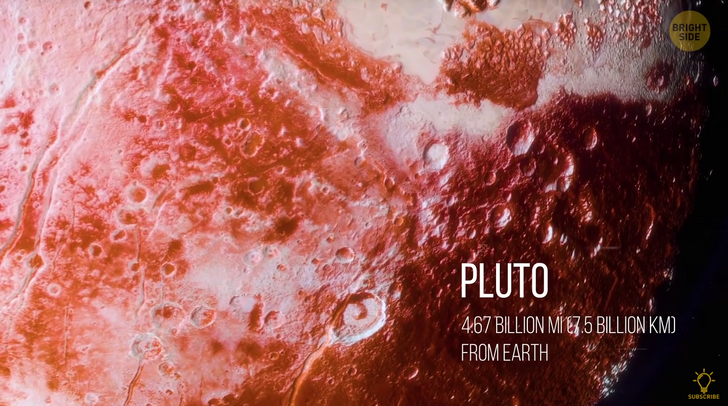
Scientists believe it’s red because the atmosphere drops this strange soot-like chemical called tholin onto the surface. It’s the same stuff that explains the red “cap” on Pluto’s moon Charon. Now let’s zoom in closer on The Whale.
Oh, look! We have a mountain range! Yes, Pluto’s red ice is like rock, hard enough to form entire mountains! Those white peaks standing out against the dark red aren’t snowy caps like we have on Earth. That’s frozen methane!
For such a small planet, Pluto’s mountains are EPIC! Bigger than Everest and made entirely of ice! Such a bizarre landscape can’t be found anywhere else in our solar system. Yes, Pluto’s a pretty harsh cold place. Temperatures there can dip to −400°F [-240°C]. The coldest ever recorded on Earth was in Antarctica: a measly −135°F [-93°C].
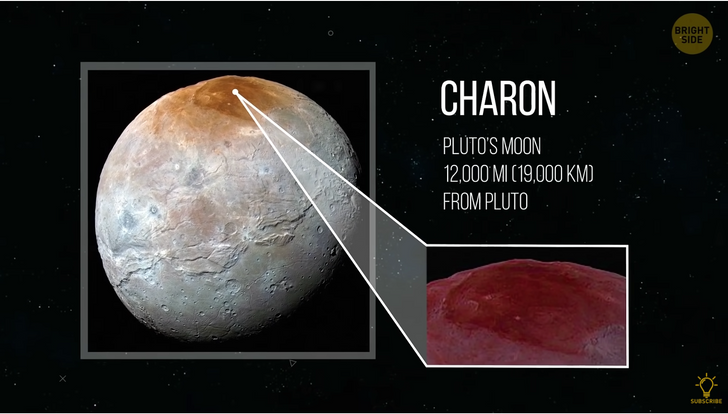
Now let’s head back to The Heart of Pluto. That’s actually a vast plain covered in nitrogen ice. Scientists discovered that Pluto’s Heart makes the winds on the planet blow! Craters are also big, and some of them show signs of filling and erosion. That’s something that happens right here on Earth. When land is worn away and shaped by natural forces like wind, water, and ice — that’s erosion.
What makes all this so special on Pluto? It could be evidence of tectonic plate activity! You know, big plates of land surfing on liquid rock, forming mountain chains, breaking continents apart, putting them back together! That’s something scientists so far have only ever seen on Earth, not on any other planet in the solar system. Now, looks like Pluto could be more like our own planet!
That, and there’s water on Pluto! One-third of its surface, in fact. But, of course, it’s not like Earth water. It’s more like a rocky slushy. Yum! Still no signs of life out there. At least, not for now...
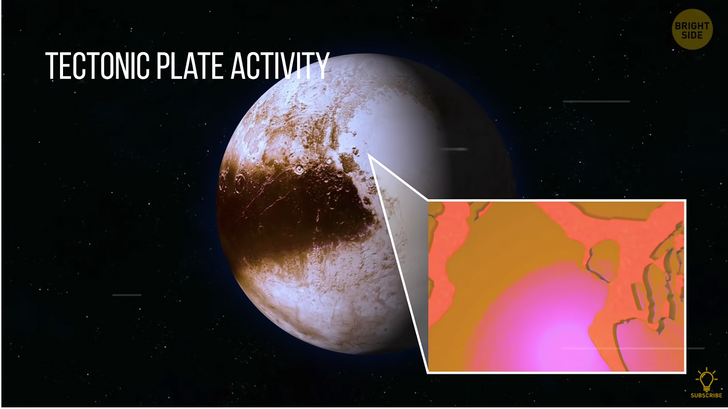
It’s taken a LOOONG time to get the little information we know about Pluto. It was first discovered almost a hundred years ago and deemed the 9th planet from the sun. Until 2006 when its official planet membership card was revoked. Poor Pluto...
It was dubbed the biggest dwarf planet in the Kuiper Belt — a region outside our solar system full of other dwarf planets and icy bodies circling the sun. A few months before that, they launched the New Horizons mission. It was the first space probe researchers sent to Pluto in 2006. Zipping at over 35,000 mph [56,000 KPH] (that’s 45 times the speed of sound!), it still took the probe almost a decade to reach its destination. THAT’S how far away the tiny planet is!
In fact, Pluto is nearly 40 times the distance from Earth to the Sun. If you were there looking up at the sky, you’d see the Sun as a tiny dot like any other star in the sky! Once New Horizons finally reached Pluto in 2015, it got close enough to get some incredible pictures of the surface. It also collected important data and observations, like those strange red spots and that heart-shaped region.
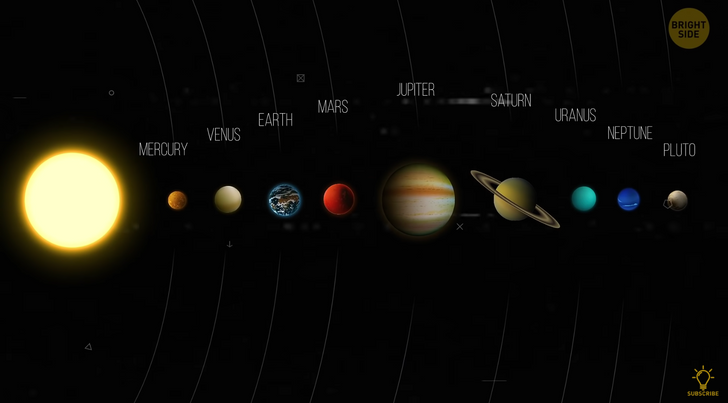
But Pluto gets even stranger... Especially its orbit. Most other planets go around the sun in almost perfect circles with the sun close to the center. The Sun is nowhere near the center of Pluto’s orbit!
And the orbit is so stretched out that Pluto sometimes crosses into Neptune’s path and gets closer to the Sun than the blue gas giant! Sooo, the unusual effect of this strange orbit: Pluto sometimes has an atmosphere, and sometimes not! When it’s closer to the Sun, a thin atmosphere of nitrogen forms.
But once the planet starts moving further away from our star, the atmosphere freezes and falls to the surface in an ice storm of epic proportions! Pluto is probably a lot smaller than you imagine. If you put it on a map of Earth, it’d only span about halfway across the US. Yet this little planet has 5 moons spinning around it.
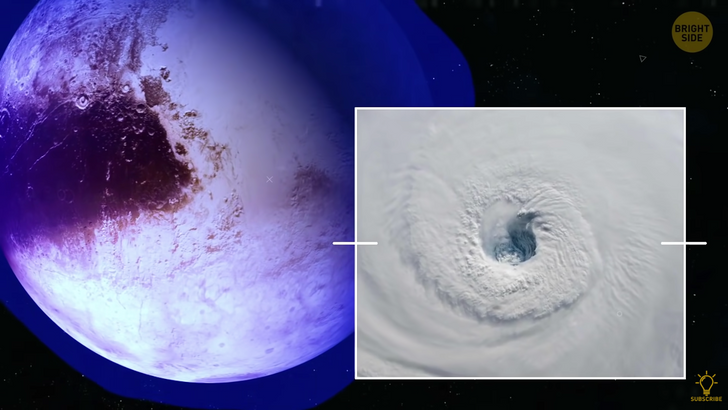
And life on Pluto would be one endless year for us humans. Imagine, no birthdays your whole life! Since it was discovered in 1930, we STILL haven’t seen it complete a full circle around the Sun. One year on Pluto is 248 Earth years, and we’ll finally see that happen on March 23, 2178. Mark your calendar!
Since Pluto got kicked out of the official planet club, Neptune became the last one in line. It’s actually a big ball of ice and gas. So like with the other gas giants, if you tried to land on this planet, you’d just keep going deeper and deeper into seemingly endless clouds and atmosphere!
Funny thing about The Blue Planet: it might not have a rocky surface like you and I are used to, but its surface level gravity is about the same as Earth’s! The same can’t be said about any other planet in the solar system. As we make our way closer to the Sun, we pass the next gas giant: Uranus. That non-conformist planet that goes around the sun basically rolling on its side.
One full orbit is 84 Earth years, so you might be lucky enough to celebrate your first birthday in your whole life there! Only one party, so you better make it count! And now we approach the Jewel of the Solar System: Saturn! The second-biggest planet after Jupiter and another gas giant where you’d sink in an endless atmosphere if you tried to land a spaceship there. Saturn is the least dense planet of them all. Meaning, if you put it in a giant glass of water, it’d float!
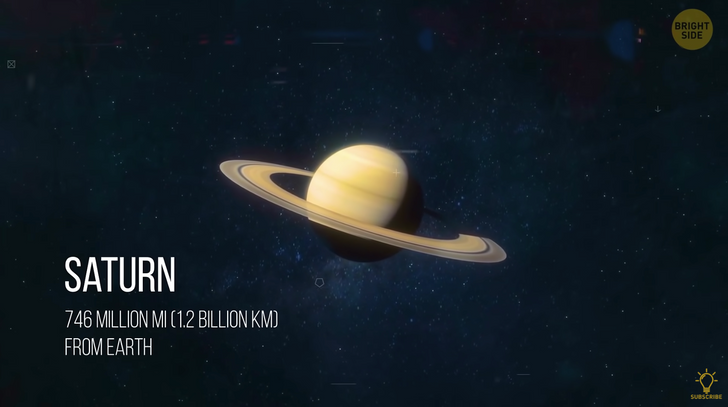
Those famous rings are made up of dust, ice, and rock. Some as tiny as a grain of sand, others bigger than houses! But get this: Saturn’s rings are raining down on the planet! Enough to fill an Olympic-sized pool in half an hour! At that rate, the famous blue ring system will disappear completely in 300 million years. By the way, Neptune, Uranus, and Jupiter also have rings! They’re just not as visible and bright as Saturn’s!
Imagine combining all the planets into one. Now make it two times bigger. Eh, still not as large as Jupiter! Scientists call it a failed star since it’s mostly made of helium and hydrogen, just like our Sun. But jumbo-sized Jupiter still isn’t massive enough to kick-start the chemical processes that could turn it into a star.
It’s the fastest spinning planet, so it takes only 10 hours to complete a full rotation on its axis. Imagine trying to squeeze sleep, work, friends, hobbies, movies, shopping, your whole routine in less than half an Earth day! Magnificent tall mountains — the highest in the entire solar system! The most epic dust storms ever, deep valleys, craters. I’m talkin’ Mars, our potential home in the future! If you love sunsets, you’d definitely enjoy Martian ones! They’re incredibly blue, while the sky throughout the day is pinkish-red.
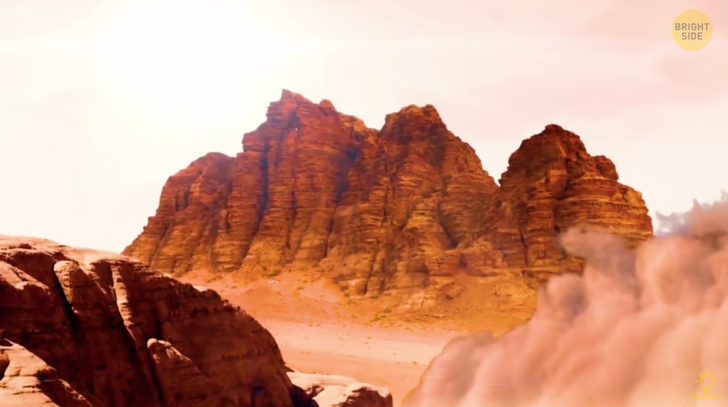
Even though Mars is our close neighbor, from the surface, the sun would look half the size as it does from Earth! So, not as close as it seems! Oh, and if you always dreamed of becoming a basketball player, Mars is your place! The Red Planet’s gravity is only 37% of Earth’s.
So you’d jump 3x higher there! Venus is a planet of extremes. The hottest surface, the most volcanoes, the brightest planet, aaaand the closest one to Earth! It’s also the slowest-spinning and barely rotates, making a day on Venus last 243 Earth days! You could literally walk faster before the planet makes a complete turn!
Venus also rotates in the opposite direction that Earth does, so sunrises are in the West and the sun sets in the East! Mercury. It doesn’t have any moons or rings, and we’re talking about the smallest planet in the whole solar system. A year lasts only 88 days, so if you lived there, you’d have a LOT of birthdays!
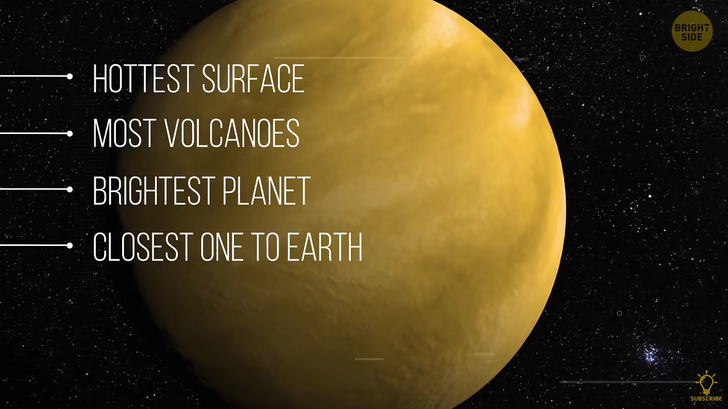
Mercury is the closest planet to the sun, but it’s actually not the hottest! That prize goes to Venus! Temperatures on Mercury don’t get as high as on Venus because it doesn’t have an atmosphere to trap heat from the Sun.
What Mercury does have is wrinkles! Its iron core cooled and shrank, causing the surface to contract too and leaving all those wrinkles. That, or because it’s so close to the Sun with no SPF! Heh! Maybe...



